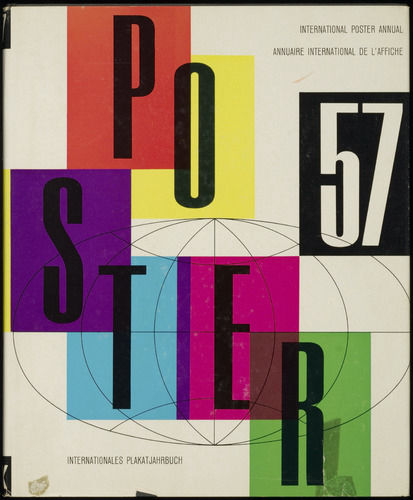History of sinful 'posters' that enthused people and made them even arrested

by
It is a poster that is often used casually to announce events or to decorate a room, but there are times when it actually has the same power as Internet advertising, television and radio. The history of the unknown posters has become clear, such as how the posters spread the art of the privileged class to the public and whether it has had a politically significant influence.
How Posters Became Art | The New Yorker
https://www.newyorker.com/magazine/2019/07/08/how-posters-became-art
Actress Sarah Bernard is said to be a major actress representing the era of Belle Epoque in France. As soon as she started her career as an actress and established her fame, Bernard had a self-promotional talent as well as its beauty and performance. In 1894, Bernard visited a publisher and tried to create a promotional poster for the stage 'Gismonda', but many illustrators were on vacation, so it happened that Alfons Mucha 's original work took place. You will fall down to
Although primary colors were often used for posters at the time, Mucha created a unique long thin poster using pastel colors and gold. Among the posters, Bernard wore a Byzantine dress-like dress and the name was written in the form of a back light on his head.

This poster transforms Bernard into an iconic presence at once. Bernard's posters were used everywhere in the city, in theaters, circuses, books, cookies and soap packaging. It seems that even posters stuck around the city could be stolen. And with Bernard ordering 4000 posters, Mucha is also well known in Europe and America.
Mucha created 199 posters in his life, but those posters have the universality that fascinates thousands of Parisians. Mucha is happy that in the later years he was able to engage in art for many people, not for the people in the closed salon. The posters are cheap, and both the poor and the wealthy families have eyes It is something we can do to
As you can see from the popularity of Mucha, posters in history have made their way by 'group consciousness' rather than being pushed out by a single artist.
The history of printed announcements on public walls dates back to the 15th century, but modern-day posters have only appeared in the 18th century. Prior to the 18th century, printing technology was expensive and required a very confusing task requiring a carved metal plate. With the advent of the lithograph printing technique in 1796, artists have been able to combine colors and images cheaply and efficiently.
In the middle of 1860, Jules Schelet became famous for posters depicting 'free and cheerful women' incorporating Japanese woodcut technology. Shere's paintings became very popular as 'Sherrett' and would be put on every place in Paris, but some people were arrested for tearing off this poster. In addition, French posters inspire American designers, and in the United States at the time, 'It is a moral hazard for young men to decorate their room with the image of a carefree French woman,' the critic says, saying that sherett Posters depicting French women who imitated were popular in the West. And magazine editors also started asking poster illustrators for the covers.

Before the advent of television and radio, posters were a means to approach many people. At that time, Russian constructivists had been saying, 'Become a poster! Project and advertise a new world!' One of the critics said, 'Avant-garde posters have never been done before by a painting gallery Well, to make people accept the main points of design. The posters became a necessity for political activity, and during World War I the US government had artists write 20 million propaganda posters. After the Second World War, graphic design and commercial illustration became a way for artists to earn a living.
The Swiss artist Fritz Bühler has stated that the posters that combine 'beauty' and 'advertisement' of this era are 'promoting paintings to the general public,' while American designer AF Arnold Pointed out that the culture is leveling in that 'everything from motor oil to health insurance is being advertised for a long time.' From Arnold's point of view, you can see that the posters have reached a transition period as the times change.
In 1976, the

And when desktop publishing became mainstream, making posters became even easier, and its design and aesthetics were more focused. As digital technology becomes commonplace, the distance to the past is increasing, and in modern times the history of posters, which are closely linked to paper, is being forgotten. The posters now seem to have finished their role, but on the other hand, there is no change from being formed in several social gatherings and concerts to large social movements. The posters that became mainstream for the purpose of 'promoting' became 'art' that collectors collect with the passage of the times, but in addition, with the addition of the action of 'collection', the posters became 'evidences of the age' It can also be said that it has come to play an important role.
Related Posts:
in Design, Posted by darkhorse_log







